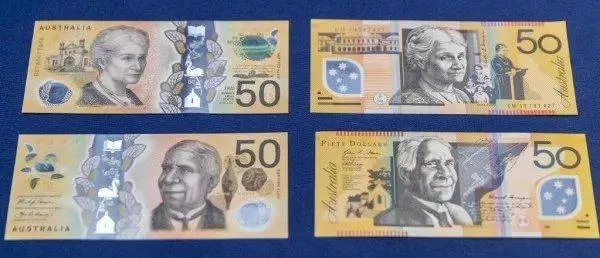The Australian dollar (AUD) is the official currency of Australia, and it has been fluctuating in value against other currencies over the years.
The highest the AUD has ever been was on July 16, 2011, when it reached a record high of $1.10 USD.
This was a significant milestone for the AUD, as it had never been valued higher than the USD before. The surge in the AUD’s value was attributed to a few factors, including Australia’s strong economy and high interest rates compared to other developed countries at the time.
During this period, Australia’s economy was booming, largely due to its mining and resources sector. The demand for Australian commodities, such as iron ore and coal, was high, which helped to boost the country’s economic growth and contributed to the AUD’s strength.
Additionally, the Reserve Bank of Australia (RBA) had raised interest rates several times in the years leading up to the record high. This made investing in Australian assets more attractive to foreign investors, which further bolstered the AUD’s value.
However, the AUD’s strength was short-lived, and it began to decline in value shortly after reaching its peak. The global financial crisis, along with a drop in commodity prices and lower interest rates, all contributed to the AUD’s decline in value.
Today, the AUD’s value fluctuates regularly against other major currencies, including the USD, euro, and Japanese yen. While it has not yet reached the same heights as it did in 2011, the AUD remains an important currency in the global economy, particularly in the Asia-Pacific region.
In conclusion, the highest the AUD has ever been was on July 16, 2011, when it reached a record high of $1.10 USD. This was attributed to Australia’s strong economy, high interest rates, and demand for its commodities. While the AUD’s value has fluctuated over the years, it remains an important currency in the global economy.


























